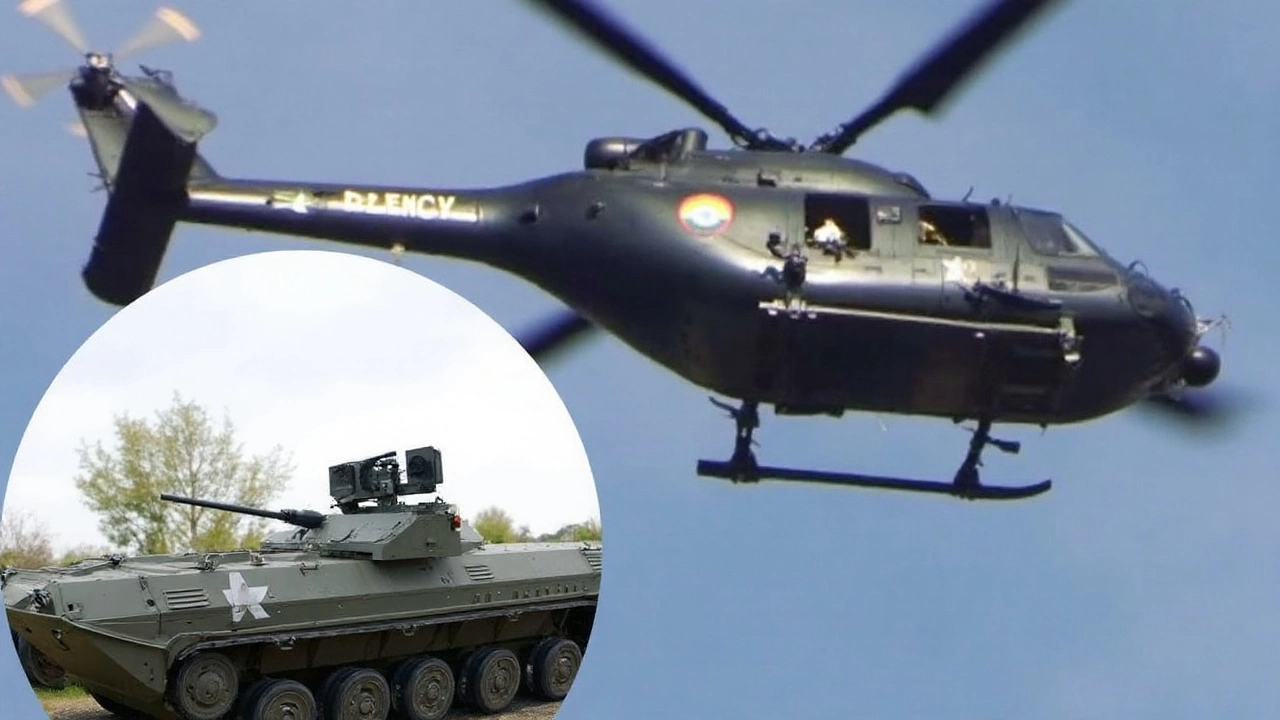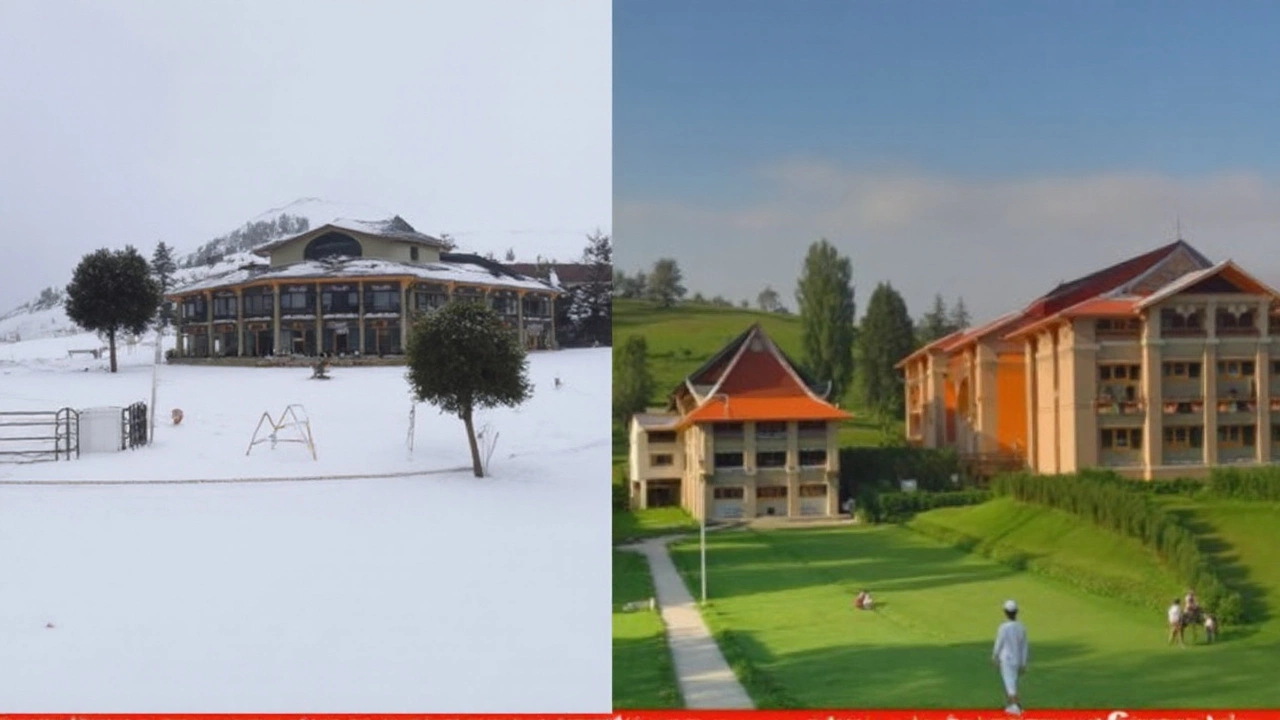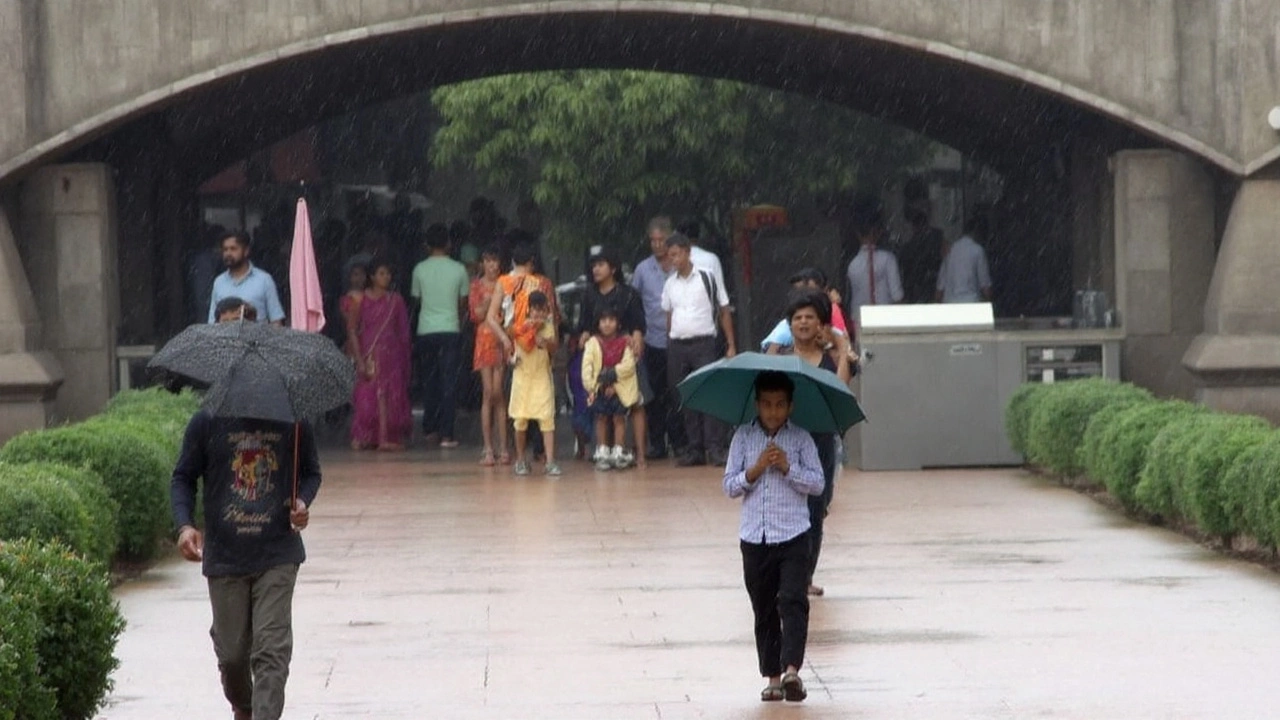Indian Army Deploys Attack Helicopters and BMPs in Jammu & Kashmir After Pahalgam Attack

Indian Army Overhauls Tactics in Jammu & Kashmir
The shock of the April 2025 Pahalgam attack still lingers in Jammu and Kashmir. Twenty-six civilians were killed, and the incident exposed just how vulnerable traditional ground-based security can be. Now, the Indian Army has introduced a new game plan, rolling out attack helicopters and BMP armored vehicles to deal with militants in the mountains and forests.
The Pahalgam attack didn’t just raise alarms—it forced the Army to rethink everything about counter-terrorism in the region. Instead of relying solely on foot patrols or static checkpoints, the military now moves with more speed and muscle, aiming to outmaneuver militants who have been adapting their techniques amid the rocky terrain and thick forests of areas like Harwan and Pahalgam.

Shifting Gears: New Tools, New Tactics
Attack helicopters are now front and center in the Army’s toolkit. These choppers can fly into hard-to-reach places within minutes. During July’s Operation Mahadev in the Harwan jungles for example, air patrols conducted real-time surveillance and launched pinpoint strikes, all while keeping innocent people out of harm’s way. That immediate aerial presence helps disrupt militant ambush plans and keeps the Army a step ahead.
On the ground, BMP infantry fighting vehicles bring a tough layer of security. These armored tracks move troops through risky zones and give cover fire if things go sideways. BMPs were a big part of Operation Shiva during the Amarnath Yatra, making sure convoys of pilgrims and their escorts got through safely despite constant threats. These vehicles aren’t just for show—when militants open fire or plant roadside bombs, BMPs seriously increase the odds of troops getting out unscathed.
This is not just about adding more firepower. The Army has pushed for closer teamwork with the Rashtriya Rifles, J&K Police, and Central Armed Police Forces. Together, they are now using drone surveillance, RFID tracking for pilgrims, and regular high-altitude patrols. This three-layer approach really showed its worth during the last Amarnath Yatra season, when route clearance operations became faster and more precise. Nobody gets left exposed, whether they’re in uniform or not.
Behind these tactical changes are bigger moves outside India’s borders. After Pahalgam, the Indian military launched strikes on terrorist camps across the Line of Control, going after LeT and JeM bases. But winning battles on their home turf needed new tactics—the rugged mountains and thick forests of Kashmir aren’t the kind of place where just boots on the ground can do the job.
Part of the security upgrade involves mandatory RFID cards for those taking part in major pilgrimages. If someone strays off the secured route, they can be tracked much faster. Medical facilities were also beefed up during Operation Shiva, ready for both civilian and troop emergencies. These measures fit right in with the new focus on mobility and rapid reaction.
Troops no longer have to risk everything by patrolling in soft-skin vehicles or on foot through ambush alleyways. BMPs shield them from sudden gunfire or explosives, and helicopters can drop reinforcements or supplies into isolated spots without delay. The message to militants is clear: the Army is ready to strike hard, anywhere, any time.
Troop safety has improved, but so has deterrence. Just the sight of advanced weaponry rolling through town or circling overhead is enough to make anyone planning an attack think twice. The pressure militants now face is greater than ever—and that’s causing them to rethink their own tactics.
The United Nations Security Council recently recognized the TRF’s involvement in Pahalgam, putting these groups on the map for more than just India. The Army’s response—faster, tougher, smarter—shows they’re not going to be caught off-guard again in Jammu and Kashmir.

